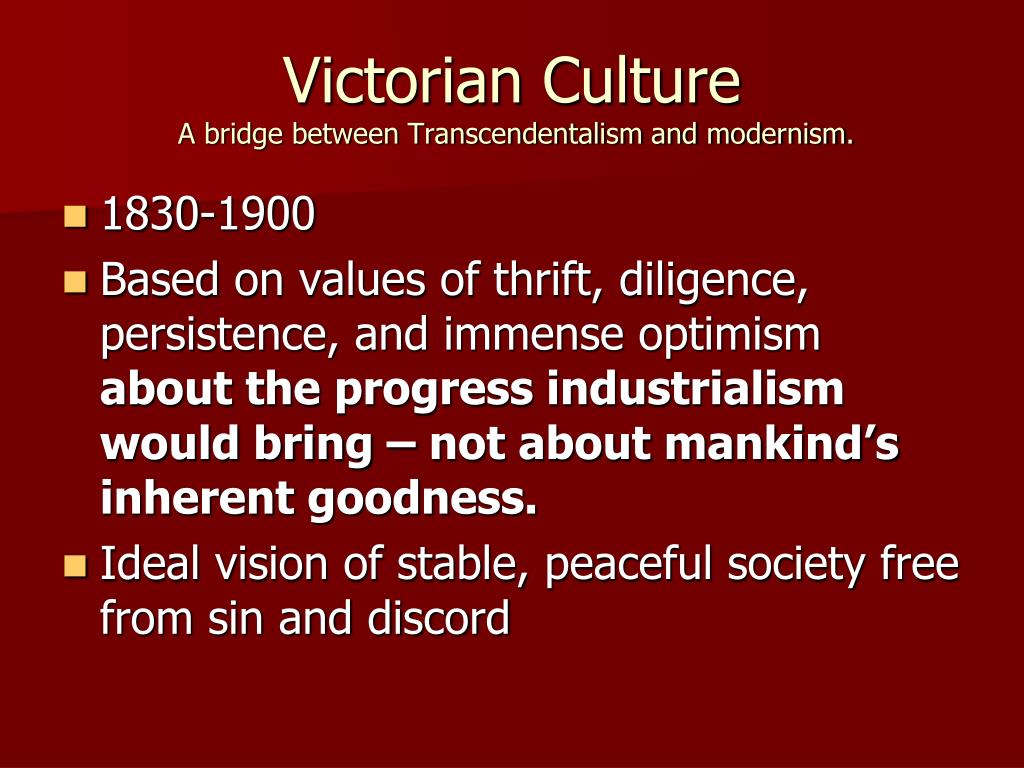Transcendentalism was a philosophical movement derived from Immanuel Kants attempt to explain why Newtons laws so perfectly described the physical world. Kant thought the human mind itself imposed patters such as space and time, cause and effect, or action and reaction on the world; Newtons theories would always be true because they were hardwired into peoples minds, so it was to observe anything that contradicted anything them. But what things were like before human minds went to work on them was unknowable. Kant called this hidden realm the noumenal world, and world known to science the phenomenal world. Kant thought there was a transcendental ego that turned the unknowable noumena into phenomena, but that this ego itself was unknowable.
“Image” of a female spirit
American philosophers such as Emerson and Thoreau, influenced by Kants ideas and those of other German philosophers, and also by Christian mysticism and Hindu beliefs, tried to find ways to be aware of the noumenal world and the transcendental ego not through the method of science, but through meditation or the link. Ancient Hindu thinkers attributed amazing powers (“siddhis”) to sages who had attained such insight; since they had seen behind the veil of illusion that was the world, they could reshape that illusion. Slate Ouiji board used for divinationStoddard, W.H. (2000) – Gurps Steampunk, pg. 108, SJG:Austin[edited for removal of game specific content]




